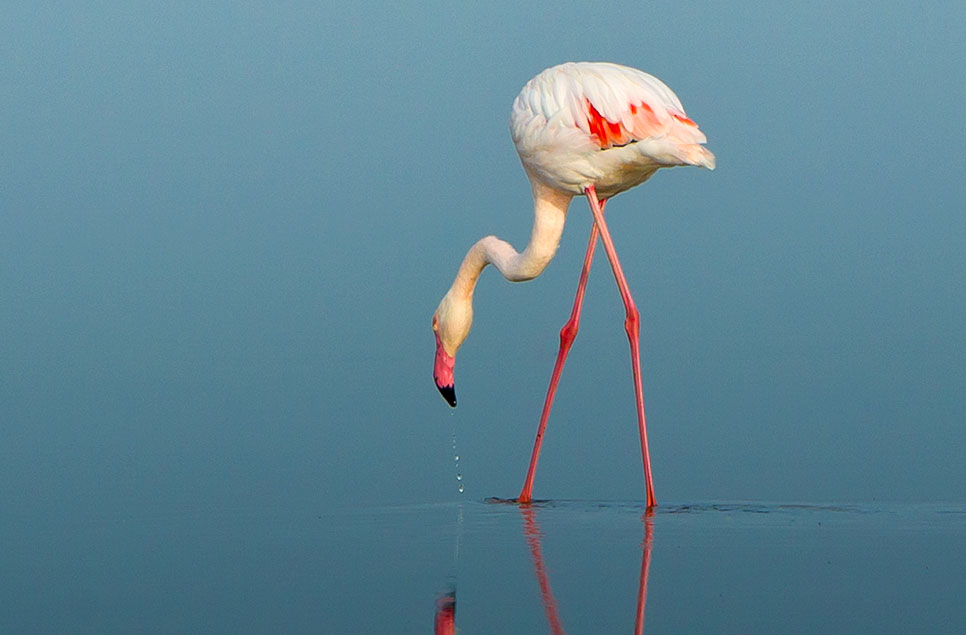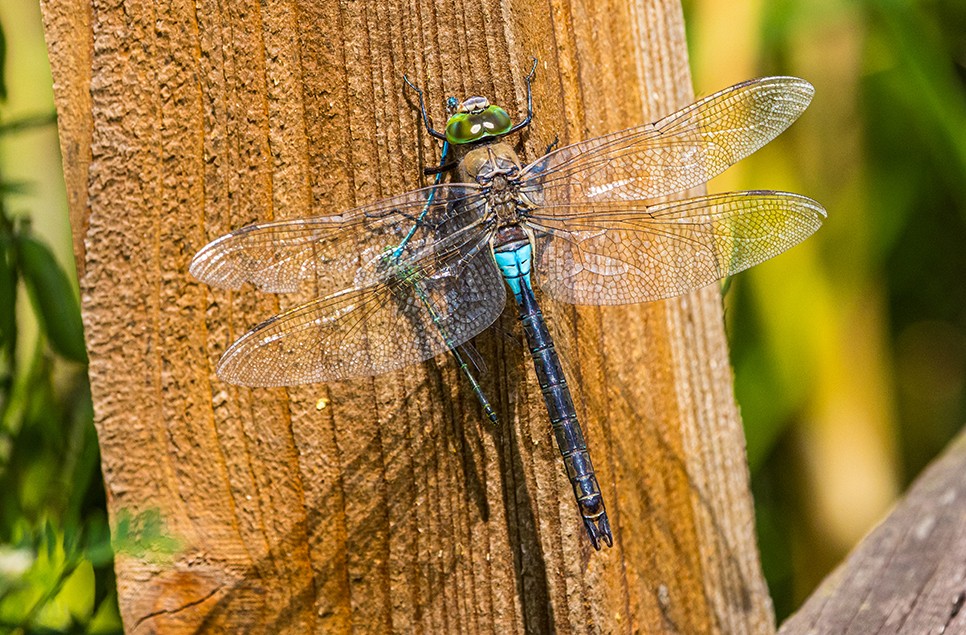Why do flamingos dance, and what do their moves mean?
Flamingos are fascinating creatures, with their pink plumage and quirky behaviours. But have you ever wondered why they dance, and what their elaborate performances actually mean in flamingo society?

Flamingos are fascinating creatures, with their pink plumage and quirky behaviours. But have you ever wondered why they dance, and what their elaborate performances actually mean in flamingo society?
How flamingos turn pink
A young flamingo hatches with beautiful silver grey down. This is then replaced with dull brown feathers. It takes about five or six years for them to gain their full characteristic adult pink colour, which builds up from their carotenoid-enriched diet. The same substance is present in the carrots you eat. Until that time, the adults aren’t keen to let the youngsters take part in what the flock does.
Our research has shown that as a result young flamingos are more likely to be found on the periphery of flocks. So the birds closest to them are likely to be other young flamingos of a similar age. As the birds age and their plumage increases in pinkness, the flamingos are more likely to be seen in the centre of the flock. So why is this?
A pink position
That’s the question WWT have been researching for a few years, and we’ve made some fascinating discoveries. Flamingos, like all birds, have excellent colour vision. Why else would they invest so much time and energy into creating such vivid feather colour if they couldn’t see it? For a flamingo, it would seem that their pinkness is all about finding a breeding partner and being “useful” to the flock.

Pink and popular
WWT research associate Dr Paul Rose explains further: “Flamingos all display extreme sexual selection. They do an intense amount of courtship display and use their bright feather colours to attract a mate. So, they really want to be in flocks with other birds that are likely to be breeding partners and are ready to nest at the same time.” So, the flamingos will only breed when all birds are ready.
"They synchronise their behaviour in part by the colours of the other birds in the flock. So it makes sense for them not to bother with birds that aren’t pink enough. Young flamingos have to bide their time on the edges of the flock, until they can show off the same bright hues as the adults. Only then will they be welcomed into the centre to take part in the breeding rituals and eventual nesting."
Dancing flamingos
We now know that there are 136 combinations of dance moves a flamingo can perform during courtship. This revelation came from scientists studying wild greater flamingos in the Camargue in the Mediterranean. Some of the courtship dances are complex and the research has shown it takes many years to learn the more complicated moves. The complexity of a flamingo’s courtship ritual increases with age up to around 20 years old. After that it decreases.
Head flagging is one of the more common dance moves. This warms the flock up to the idea of breeding and is most often started by the largest, most dramatically pink males, although both males and females join in.

The subtle art of courtship
During the group display you can also see birds flashing their wings. This is known as wing saluting and takes a few forms. The bird either stands very tall or leans forward and looks like it’s bowing. The flamingo then lowers one wing to the side and flashes it open. "Interestingly, this wing flashing behaviour is especially significant in Chilean flamingos. Apparently you can work out who they fancy based on the direction the wing is flashed. The bird they like will have the wing flash directed towards them. In the other five species, it’s not so subtle and they show everyone and anyone that’ll watch," Paul says.

A conveyor belt of flamingos
The birds also charge up and down in their enclosure in a dance move known as “marching”. They might also run all together, but not so tightly, flapping their wings. This is also a form of courtship display but one that’s less coordinated than regular marching. Lesser flamingos excel at marching and their legs all appear to move as one, as if on a conveyor belt.
Did you know? Flamingo facts
Flamingos really are pink all over. Although the pink coloration is most obvious in a flamingo's plumage, the carotenoids also impregnate the bird's tissues, skin, blood and even egg yolk. Flamingos depend on wetlands. They have been recorded as living in a variety of wetland habitat types, from freshwater to saltwater. They are actually well adapted for living in extremely saline water or alkaline lakes that don’t offer the right kind of food for most other birds. And if humans were to wade into these conditions, we wouldn’t have much skin left! The word ‘Flamingo’ derives from Spanish and Portuguese origins in the 1560s, literally translating as “flame-coloured”. Flamingos make “crop milk” which is not a simple regurgitated foodstuff. It’s a secretion from the cells lining part of their oesophagus, and looks alarmingly like blood because of the carotenoid colouring. They feed this to their chick by gently dripping it into their beaks as the youngsters look upwards from between their parents’ long legs. You will notice that a nursing parent loses its colour due to the effort involved in parenting, whilst non-breeders stay hot pink. It was only fairly recently in 2017 that there was any real conclusion about why flamingos stand on one leg. It’s thought that due to the flamingo’s body structure, it’s actually less effort for them to tuck one leg away, and reduces body sway. They even sleep in this position.
How you can help
Find out more about adopting a flamingo
Or come and admire our rose-tinted flamboyances at WWT Slimbridge, Washington, Martin Mere and Llanelli. Become a member of WWT for free entry.



